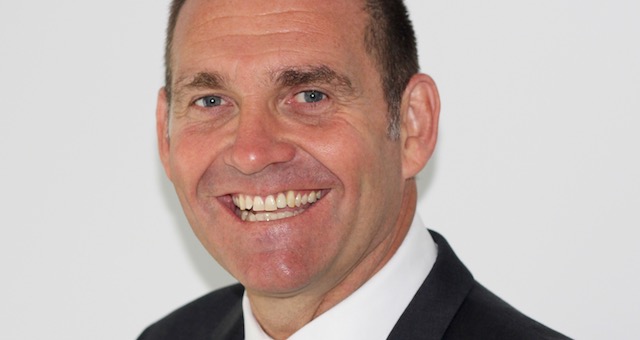
Craig Sheridan is a retired commissioned police officer with 29 years of experience with the NSW Police Force. Today, he heads Sheridan Consulting Group, an organisation which provides executive personal protection to VIPS and Government Officials. Spice News sits down with him to discuss the changing security landscape and what event planners can do to keep their attendees safe during these uncertain times.
How has the safety landscape changed over the years?
The current threat environment has changed significantly in recent times and as a consequence we all have a growing responsibility to ‘play a part’ in the safety landscape for everyone. No longer can large scale events go ahead or organisations do businesss without the safety of patrons and staff being the major consideration.
We have moved from reactive procedures being put in place to deal with issues concerning safety and moved towards increased levels of planning, organisation and coordination to ensure a thorough and consistent approach to safety is taken.
Based on recent incidents, are there noticeable patterns in behaviour that onsite or ground staff should flag and monitor going forward?
Given the heightened level of safety concern and the national threat advisory level of probable it is important that a secure culture be engaged. There are a number of behaviours and vulnerabilities which onsite and ground staff should always have front of mind and consider.
While suspicious people or items can be detected through strong access controls it is awareness and challenging the norm which helps to highlight threats to an event or workplace.
People being seen to survey the site and monitor security would be considered suspicious. Use of Cameras and phones to gather information on timings, security and response times should again raise alarm. Recent theft of uniforms and ID should also raise alarm as this may signify that perpetrators are planning on impersonating staff or security on site.
Suspicious vehicles also need to be reported. Those parking for unusual amounts of time or delivery procedures and suppliers changing are again vulnerabilities which may be a risk.
Finally, look out for people asking unusual questions about security practices and movements of certain people.
How would you recommend managers to nurture a sense of shared responsibility towards safety management across all levels?
A Secure culture needs to be created where workplace awareness is normal in the daily routine. Staff and management need to be alert, report what they see and challenge the norm.
Management need to lead by example displaying safety conscious behaviour at all times. They need to engage with employees, wear identification and create a relationship of trust which encourages staff to feel safe, valued, protected and a sense of team.
Regularly performing safety and security audits and consulting staff allow voices to be heard and risks to be highlighted. Remember, staff are more likely to engage if they feel involved and listened to.
What are some of the challenges that could be anticipated during this process?
There are four main challenges which can impede the effectiveness of a secure culture in the workplace:
Employee Engagement
- Disgruntled staff who are resistant to change
- Staff believe re-training is useless, boring and a waste of time
- Assignment of responsibilities can cause competitiveness and buck passing
Time and Effort
- Planning and updating procedures and documentation takes time and effort
- Changing workplace culture takes time to evolve
- Training and exercise drills are time consuming and eat into the working day.
- Maintenance and audit of safe and secure practices and physical layers of security takes time to conduct.
Increased costs
- Regular maintenance and risk assessments also cost money to undertake.
- It is important to note that increased costs in the short term may actually save money in the future.
What are some common measures that should be incorporated to ensure consistency in safety practices?
Consistency is the key to ensure a safe and secure workplace or site exists.
Maintaining an awareness of the National Threat Advisory System is imperative. This ensures the national security environment is being considered where safety and security is concerned. Information sharing with the government, police, similar businesses and neighbouring properties allows successful networking of security threats/risks and mitigation measures.
I believe consistency in command, control, coordination and communication will result in a much more effective emergency response and resilience.
Clear concise communication from a central area of control always ensures a consistent message is relayed. Roles and responsibilities need to be clearly defined. Planning, review and continual improvement need to become routine in a safe and secure workplace.


